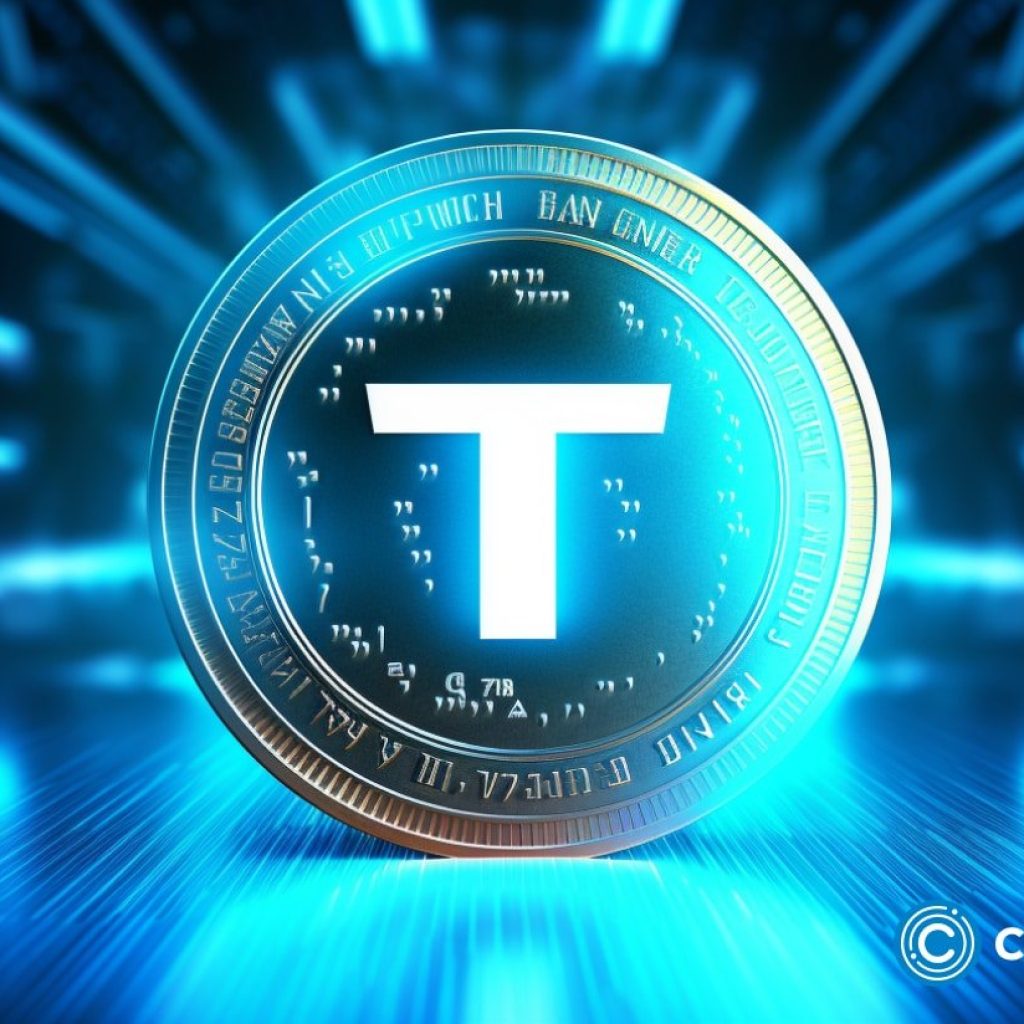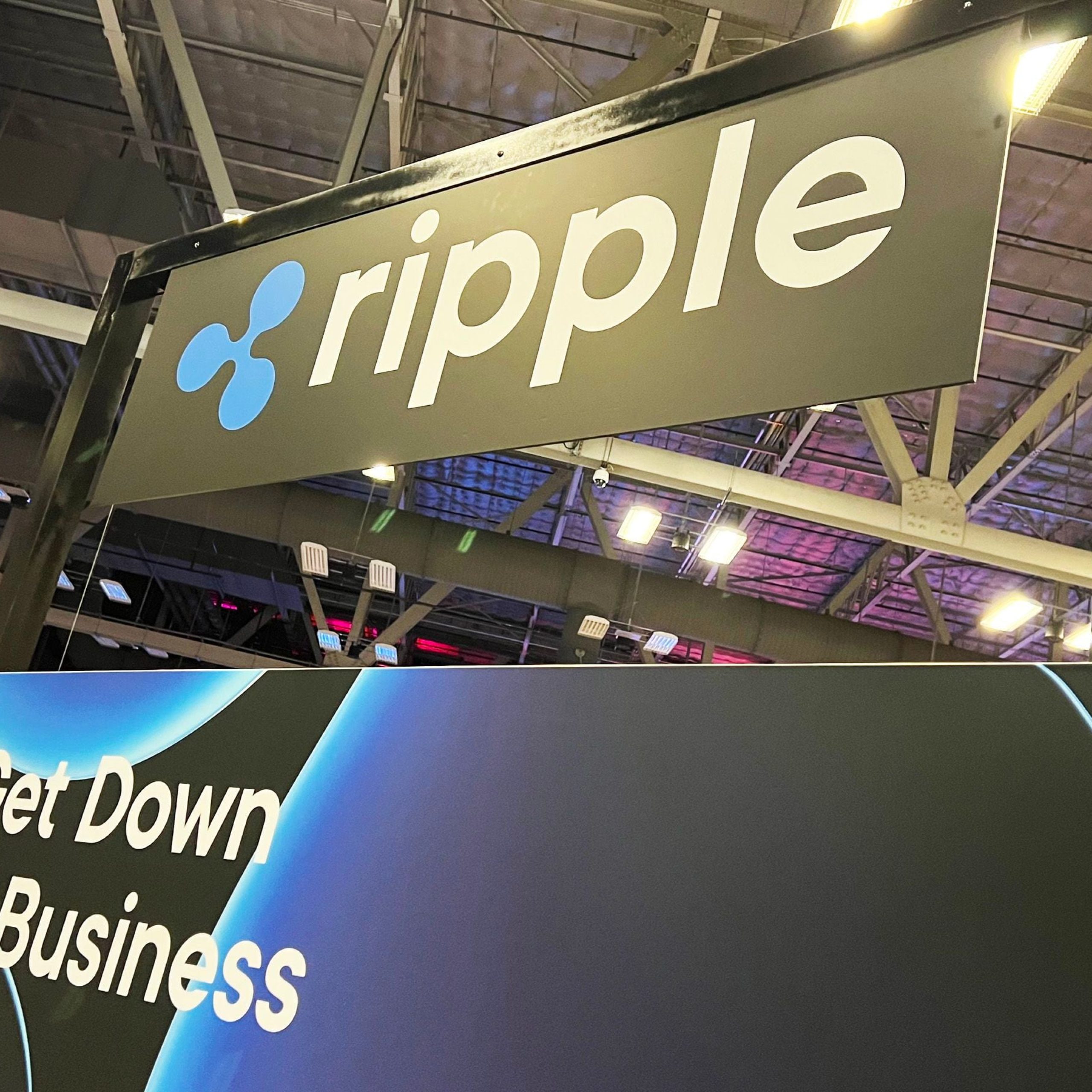
The bank used the Hedera network to settle payments in South Korean, Thai and Taiwanese currencies in real-time in its second stablecoin pilot project.
South Korea’s Shinhan Bank has completed its second proof-of-concept using stablecoins for international remittances. Siam Commercial Bank’s SCB TechX unit and an unnamed Taiwanese financial institution also participated in the project.
The project carried out real-time settlement and foreign exchange integration with the banks’ national currencies on the Hedera network. The project was compatible with the Ethereum Virtual Machine (EVM), opening it up to use by a host of other stablecoins.
Shinhan Bank conducted its first proof-of-concept project in November 2021 in conjunction with South Africa’s Standard Bank, although that bank’s identity was also not immediately disclosed.
Shinhan Bank explained at the time that it minted a pool of South Korean won-backed stablecoins, and the partnering bank minted a stablecoin in its local currency. A user was able to buy Shinhan-minted stablecoins and send them to an account at the partner bank. That bank provided the funds in the locally denominated stablecoin, which the user could then exchange.
Related: Crypto could eliminate 97% of traditional remittance fees: Coinbase
Byunghee Kim, head of the blockchain division at Shinhan Bank, said, “We are pleased to have demonstrated how the use of Hedera’s EVM-compatible technology helps eliminate intermediaries, reduce costs, and speed up the remittance process."
1/ In a continuation of their work on #DLT-enabled cross-border remittances, @ShinhanBankENG - in collaboration with SCB TechX & other financial institutions - has today announced the successful completion of a #stablecoin remittances PoC pilot on #Hedera.https://t.co/OUAxOfU2U4
— Hedera (@hedera) July 18, 2023
Remittances are noncommercial cross-border payments. They are typically slow, expensive and hard to track. An International Monetary Fund official stated earlier this year that remittance providers collect $45 billion in fees annually.
The use of stablecoins provides an alternative to central bank digital currency (CBDC) in Web3 remittance solutions. There are numerous CBDC cross-border payment projects, including some designed specifically for remittances, but few CBDCs have been launched, so that technology remains tentative. Meanwhile, stablecoin-based remittance solutions are becoming more common, especially in Latin America.
Magazine: Inside South Korea’s wild plan to dominate the metaverse





